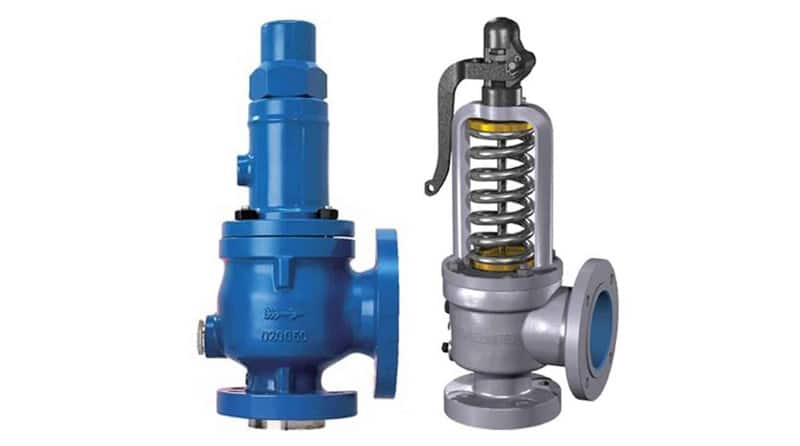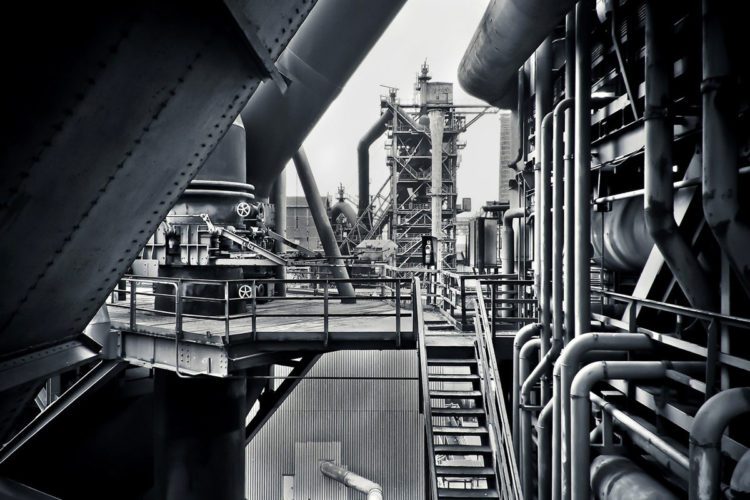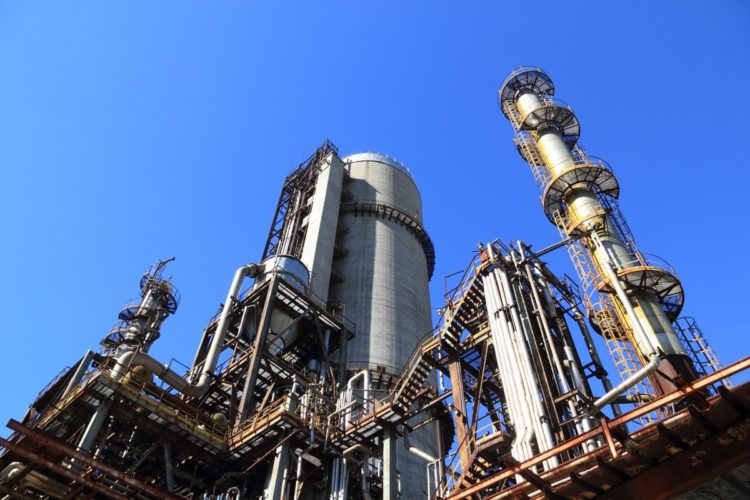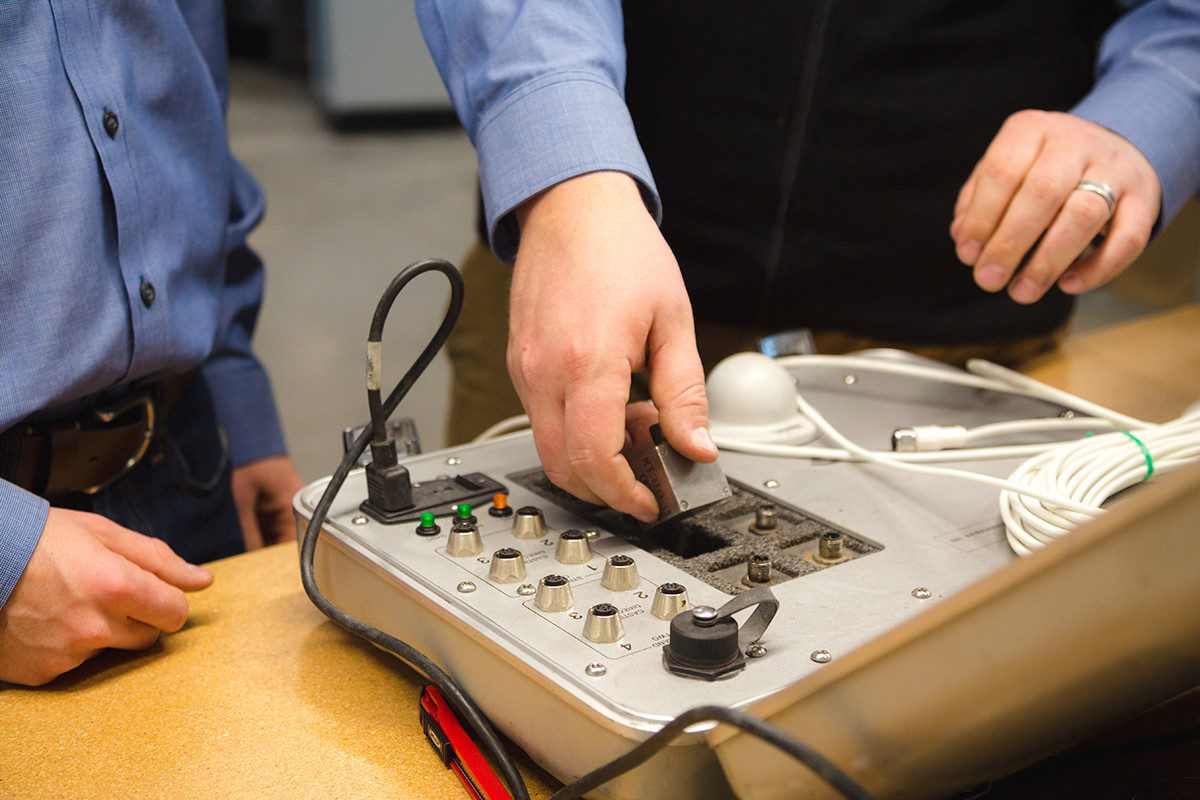Safety Valve vs. Relief Valve

As you already know, there are a multitude of pressure relief valves out there. In the industry, we tend to use terms like safety valve and relief valve interchangeably. And for the most part, this makes sense. Most pressure relief valves are designed to do the same thing — release pressure in a system.
But is there a actually difference between some of these commonly used terms, and if so, what does it mean for you? Here’s a quick breakdown of two popular terms: safety valve vs. relief valve.
Safety Valve vs. Relief Valve: Is There a Difference?
Let’s start with definitions of both, courtesy of Thomasnet.
- A safety valve is a type of pressure relieving valve used primarily as a safety measure for a system. These valves are installed in systems in which there is the potential for rapid pressure increases that can then result in explosions or damaged equipment.
- A relief valve is a pressure-releasing valve designed to control the pressure in a system to protect equipment in that system from damage due to overpressure events. A pressure relief valve releases pressure in proportion to the system pressure instead of instantly like a safety relief valve.
While both terms refer to valves used to release pressure from a pressurized system, their technical definitions are different. The term relief valve refers to a valve within a pressurized system that is used to control pressure for the optimal functionality of the system. Relief valves are designed to help your facility avoid system failures, and protect equipment from overpressurized conditions. With a relief valve, the valve releases (relieves) excess pressure to ensure the system stays at the optimal pressure level.The term safety valve, on the other hand, refers to pressure valves that are designed to protect people, property, and processes. In other words, the term safety valve refers to a failsafe or last-resort valve that will release pressure from a system to prevent catastrophic damage to workers or to systems, usually in the event that all other relief valves have failed to adequately control pressure within a system.
Do Safety and Relief Valves Do the Same Thing?
The general purpose of both safety valves and relief valves are the same. Both are pressure relief valves, and they are designed to let off pressure in any situation where a system becomes overpressurized. That said, relief valves and safety valves do function slightly differently:
- Relief Valves are designed to control pressure in a system, most often in fluid or compressed air systems. These valves open in proportion to the increase in system pressure. This means they don’t fly all the way open when the system is slightly overpressure. Instead, they open gradually, allowing the system to return to the preset pressure level. When that level is reached, the valve shuts again. Relief valves are designed to protect pressure-sensitive systems and equipment from the damaging effects of overpressure conditions.
- Safety Valves are used for one reason — safety. Instead of controlling the pressure in a system, they’re designed to immediately release pressure in the event of an emergency or system failure. Unlike relief valves, safety valves open immediately and completely to avoid a disaster, rather than to control the pressure of a system. A safety valve is the last resort of people, property, and processes in industries such as power plants, petrochemicals, boilers, oil and gas, pharmaceuticals, and many more.
While both safety valves and relief valves work to release excess pressure, the way they go about it is different. Let’s look in the differences in greater detail.
The differences between relief valves and safety valves
| Relief Valve | Safety Valve |
| The purpose of a safety valve is to limit pressure to a specific pressure | A safety valve serves as a fail-safe, to protect property, environment and people |
| Opens in proportion to the pressure increase | Starts opening before the set pressure and pops open at the setpoint or at a defined point |
| Opens when the pressure reaches a set pressure limit | Begins opening before the set pressure limit |
| CANNOT be used at maximal overpressure values of 3% maximum allowable working pressure | CAN be used at maximal overpressure values of 3% maximum allowable working pressure. |
Can I Use the terms “Safety Valve” and “Relief Valve” Interchangeably?
Now that we have a better understanding of the technical definitions of both terms, you might be wondering if it’s okay to use the terms interchangeably. In most cases, industry technicians will understand what you’re talking about no matter which term you’re using. However, they are different fittings that serve very different purposes, so you should use the correct term for each.
If you’re working on testing both types of valves, it’s critical to understand the difference between these valves, just so you know your facility is adhering to the proper testing schedule.
A relief valve opens and closes gradually. A safety valve opens rapidly and does not begin closing until pressure reaches a safe level.
Whether you’re working with safety valves or relief valves, they’re going to need testing. Minimize downtime this year with AccuTEST’s high-tech pressure relief valve testing system. Offering real-time results and remote support, our testing systems can be used inline to test any types of pressure relief valve. For more information about our system, or for a free live webinar demo of the AccuTEST system in action, contact us today.



